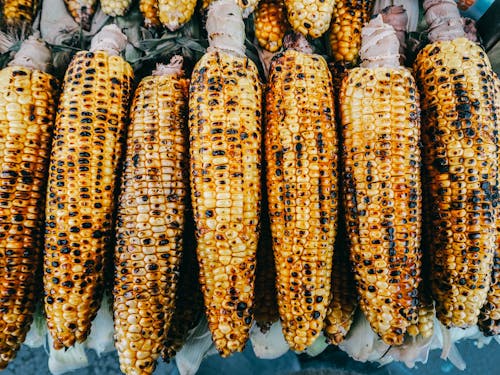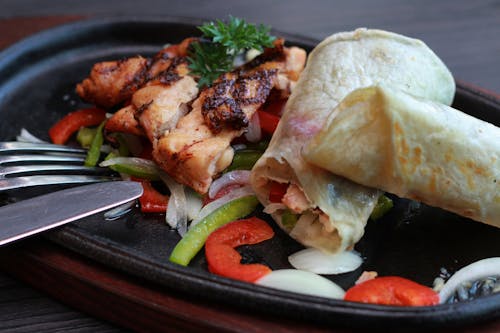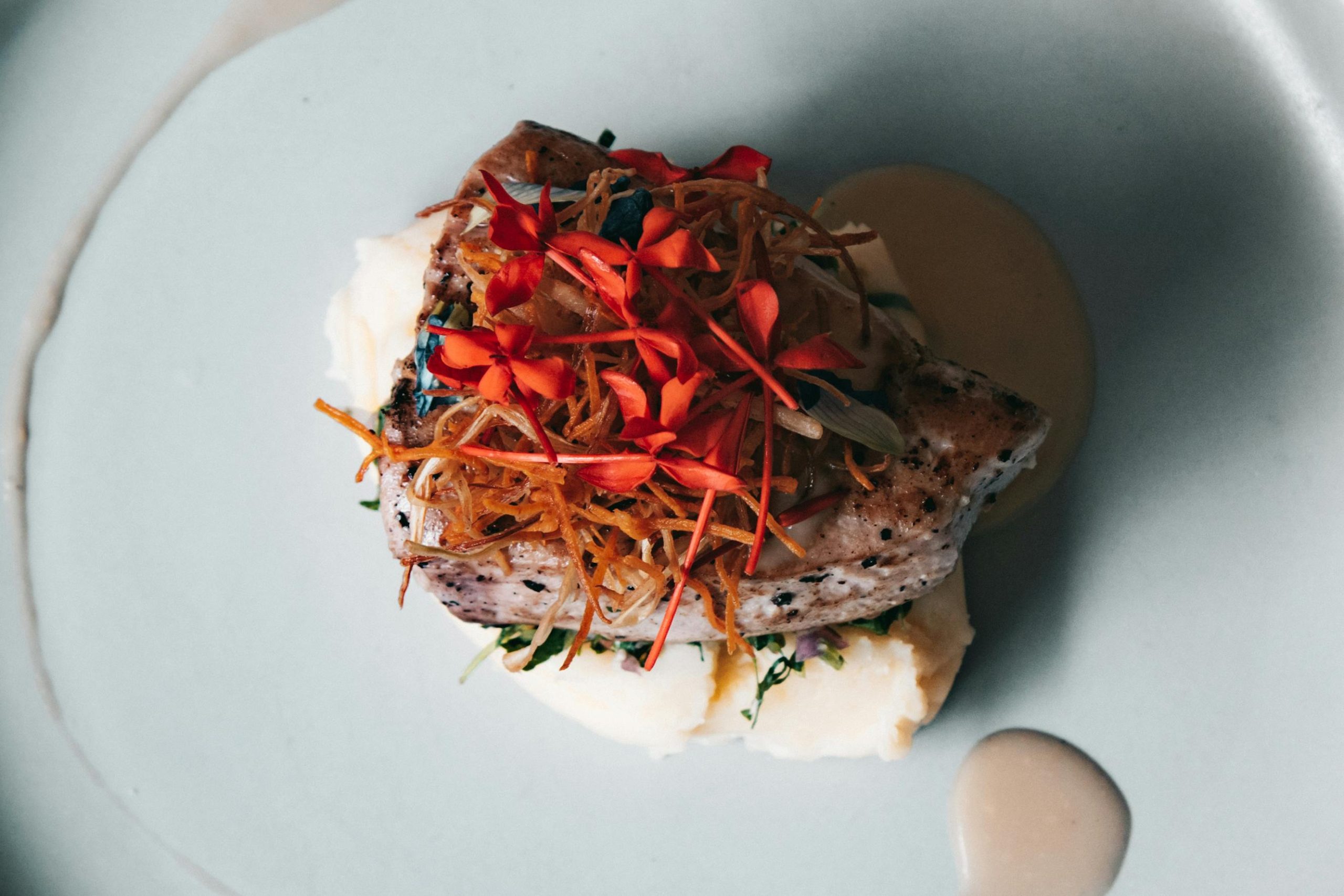The world of food is vast, with each region offering a unique blend of flavors, techniques, and traditions. While some cuisines have gained worldwide recognition and popularity, many lesser-known culinary traditions still remain hidden gems. These underrated cuisines have much to offer, from their diverse ingredients to their rich cultural significance. In this article, we’ll shine a light on a few of these often-overlooked culinary treasures that deserve to be more widely appreciated.
Georgian Cuisine: A Feast for the Senses
Georgia, located at the crossroads of Europe and Asia, boasts a vibrant and diverse culinary heritage that blends elements of Mediterranean, Middle Eastern, and Eastern European flavors. Georgian food is known for its bold use of spices, fresh herbs, and distinctive textures. One of the most iconic dishes is khachapuri, a warm, cheesy bread that comes in various regional variations, often filled with eggs, cheese, or meat. Another standout is khinkali, large dumplings filled with spiced meat, herbs, and broth, which burst with flavor when bitten into.

The use of walnuts in Georgian cooking is also notable. Walnut-based sauces, such as the rich and aromatic satsivi, are commonly served with poultry and meats. The country’s wines, some of the oldest in the world, also play a significant role in Georgian cuisine. Made from indigenous grape varieties, Georgian wines are unique in taste and deeply tied to the country’s history.
Despite its rich culinary offerings, Georgian food remains relatively unknown outside of the region. Yet, its vibrant flavors and textures make it a cuisine well worth exploring.
Peruvian Cuisine: A Fusion of Flavors
Peru is home to one of the world’s most diverse culinary landscapes, thanks to its varied geography, which spans the Andes mountains, the Amazon rainforest, and the Pacific coast. Peruvian cuisine blends indigenous ingredients with influences from Spanish, African, Chinese, and Japanese cultures, creating a distinctive fusion of flavors.
One of the country’s most famous dishes is ceviche, a refreshing mix of raw fish marinated in lime juice, chili peppers, and spices. This dish is often served with sweet potatoes and corn, creating a delightful balance of flavors. Another notable dish is lomo saltado, a stir-fried beef dish that combines Chinese-style cooking with traditional Peruvian ingredients, such as tomatoes, onions, and cilantro.
Peru’s use of native ingredients, like quinoa, a variety of potatoes, and the superfood aji amarillo (a type of chili pepper), adds unique depth to its cuisine. Despite its immense potential, Peruvian food has yet to receive the global recognition it deserves, even though chefs around the world are increasingly turning to its rich ingredients and techniques.
Filipino Cuisine: A Rich and Diverse Culinary Tradition
Filipino cuisine is a melting pot of various influences, including Malay, Spanish, Chinese, and American flavors. While dishes like adobo (a stew made with meat, vinegar, soy sauce, and spices) and sinigang (a sour soup made with tamarind) are gaining popularity internationally, many other Filipino dishes are still underappreciated outside of the Philippines.
One such dish is lechon, a whole roasted pig that is often prepared for celebrations and gatherings. The meat is tender and juicy, with a crispy skin that is both flavorful and satisfying. Another lesser-known Filipino dish is kare-kare, a peanut-based stew usually made with oxtail, tripes, and vegetables, served with bagoong (fermented shrimp paste) on the side to add a salty kick.
The Philippines’ use of vinegar, soy sauce, and fermented fish sauces creates a distinctive flavor profile that is often salty, tangy, and umami-rich. Filipino cuisine’s emphasis on balance and contrast—sweet, sour, salty, and bitter—makes it one of the most exciting and dynamic culinary traditions in the world. Yet, despite its vast array of flavors and textures, Filipino food is still relatively unknown in many parts of the world.
Ethiopian Cuisine: A Taste of Tradition and Community
Ethiopian cuisine is a beautiful reflection of the country’s rich cultural heritage and communal dining traditions. The centerpiece of most Ethiopian meals is injera, a spongy, sour flatbread made from teff flour. Injera serves as both the plate and utensil, as diners use it to scoop up a variety of stews and salads.
The stews, or wats, are typically made from lentils, chickpeas, and various meats, such as chicken, beef, or lamb. These dishes are often spiced with berbere, a robust spice mix that includes chili peppers, garlic, ginger, and other warm spices. Doro wat, a spicy chicken stew, is one of the most popular dishes in Ethiopia, often served with boiled eggs and accompanied by a side of injera.
Ethiopian food is known for its bold, aromatic flavors and its emphasis on sharing meals with loved ones. Dining is a communal experience, where friends and family gather around a large platter of food, often eating with their hands. While Ethiopian cuisine has slowly started to gain recognition in major cities worldwide, it still remains largely underrepresented on the global food scene.
Indonesian Cuisine: A Flavorful Tapestry of Tastes
Indonesia is an archipelago of over 17,000 islands, and its cuisine reflects this diversity. From the rich, spicy flavors of Bali to the savory, aromatic dishes of Java, Indonesian food offers a wide range of tastes and textures. One of the most famous dishes is nasi goreng, a flavorful fried rice often served with fried eggs, vegetables, and a variety of meats or seafood.
Another popular dish is satay, skewered meat (usually chicken, beef, or lamb) served with a peanut sauce. The complex flavors of Indonesian food are the result of a blend of indigenous spices, as well as influences from India, China, and the Middle East. The use of ingredients like lemongrass, turmeric, and galangal gives Indonesian cuisine its distinctive taste, characterized by its balance of sweet, salty, sour, and spicy.
While Indonesian food has been gaining some traction in global food scenes, it remains relatively underappreciated compared to its Southeast Asian neighbors. Yet, its bold flavors and the diversity of its regional cuisines make it a hidden gem in the culinary world.
Turkish Cuisine: A Crossroads of Flavors
Turkish cuisine has long been a blend of the Middle Eastern, Mediterranean, and Central Asian influences that have shaped the region’s history. While many are familiar with dishes like kebabs and baklava, there is much more to Turkish food than these staples. Turkish breakfast, for example, is a lavish spread of cheeses, olives, tomatoes, cucumbers, honey, eggs, and bread, served with Turkish tea.

Another standout is lahmacun, often referred to as “Turkish pizza,” which features a thin, crispy flatbread topped with a savory mixture of ground meat, vegetables, and spices. Turkish meze, a collection of small dishes like hummus, baba ghanoush, and dolma (stuffed grape leaves), is another highlight of Turkish cuisine, offering a variety of flavors in a single meal.
Despite its diverse and rich food culture, Turkish cuisine has yet to receive the widespread recognition it deserves, especially in regions outside of the Mediterranean and Middle East. The use of fresh ingredients, spices, and cooking techniques makes Turkish cuisine both flavorful and unique.
Conclusion
The world is full of hidden culinary treasures, with many underrated cuisines waiting to be explored. From the rich stews of Ethiopia to the fresh, zesty flavors of Peruvian ceviche, these cuisines offer diverse and exciting dining experiences that are often overlooked. As global food culture continues to evolve, it’s important to shine a light on these lesser-known culinary traditions and appreciate the richness they bring to the table. Whether you’re a seasoned food lover or a curious traveler, taking the time to explore these underrated cuisines will not only expand your palate but also deepen your understanding of the world’s diverse cultures.





